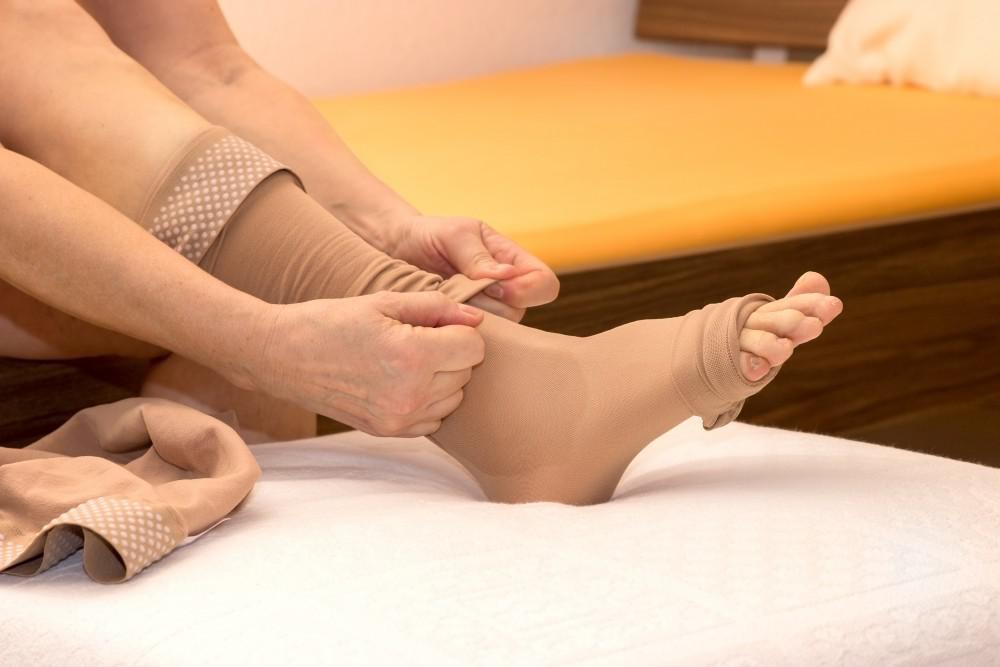Your body is a miracle machine that works diligently each day to keep you alive. Your heart, which supplies blood throughout your body, lies at the center of all the actions your body performs to keep you healthy.
Think of your heart as your body’s motor. But, like every machine, the motor requires many other parts to keep the machine humming. When it comes to your circulatory system, your heart needs arteries to distribute blood to the rest of your body, and veins to carry blood back to your heart. Venous disease involves malfunctioning veins.
Leg veins contain valves that let blood surge forward but not flow back. Venous disease occurs when these valves weaken, which causes blood to pool in the legs and can lead to many health problems.
The highly qualified team at Rockland Thoracic & Vascular Associates in Pomona, New York, can diagnose and treat a variety of vein and vascular disorders, including venous disease.
What is venous disease?
Here’s a short physiology lesson.
Arteries distribute oxygenated blood from your heart to tissues and organs throughout your body. Veins bring deoxygenated blood back to your heart.
Arteries consist of fairly thick tissue, while veins are weaker and require valves to keep blood moving in the right direction toward your heart. Venous disease occurs when your leg valves weaken or fail, causing valve dysfunction, deep vein thrombosis, or a blood clot.
When damaged valves no longer prevent blood from falling back, blood can flow backward and pool at the next working valve, putting pressure on vein walls.
What are venous disease symptoms?
Venous disease symptoms often appear after you sit or stand for a long time. Symptoms include:
- Pain
- Swelling in the lower legs and ankles
- Itchiness
- Varicose veins
- Leathery skin
- Skin color changes
The Society for Vascular Surgery estimates that up to 40% of Americans have venous disease, which mainly occurs in men and women 40 and older. If you’re overweight or a woman, you’re at a higher risk of developing the disease, especially if you’ve had multiple pregnancies.
What can you do to treat venous disease?
As with many diseases, lifestyle changes are key to treating venous disease.
Exercise
Exercise is the fountain of youth that provides two benefits for people prone to or suffering from venous disease.
Movement from walking or exercising can help push blood through your veins. Also, exercise can help you lose weight, which can help alleviate symptoms.
Compression socks
These tight, elastic socks put pressure on your legs and veins, which helps your blood move in the right direction and prevents blood from pooling.
Wiggle and stretch
If you must sit or stand for a long time, wiggle your feet, stretch, or find other ways to take pressure off of your feet and legs. Take frequent breaks to sit and elevate your legs.
Consider surgery
If your vein has been severely compromised, you may need surgery to replace the damaged section or reroute blood to a healthier vein.
If you have venous disease or suspect you do, call Rockland Thoracic & Vascular Associates, serving New York’s Manhattan, Rockland, Orange, and Dutchess counties, as well as Bergen County, New Jersey. Or you can schedule an appointment online.

